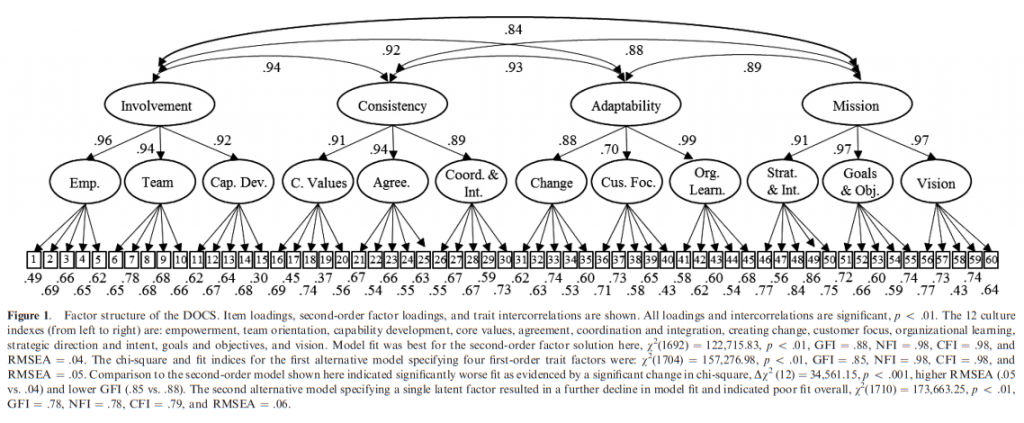In the following article, I provide a simple analogy to understand how psychologists investigate the presence of abstract psychological constructs such as happiness, depression, culture, personality etc.
We can think about measuring psychological constructs like measuring a black hole. You can’t see them touch them or throw them but we know they exist because we can consistently measure the light bending around the same black spot in the sky. Like a black hole we can’t see touch or hold a psychological construct, to detect their existence instead of looking at light from stars, we collect responses to questions. When the responses to these questions consistently lean in the same direction we claim there might be a construct there. We say that the questions “covary” together, we apply a technique called factor analysis to detect this covariation and we call the resulting discovery a construct or factor.
Let’s take happiness, for example, we hypothesis that happiness is a valid construct and endeavour to find out. We ask some questions which we think if asked together will detect the presence (or lack of) happiness.

If you are happy you are likely to respond highly to all of the above questions. If you aren’t as happy you would answer lower on all of them. Once we collect enough data we can conduct a factor analysis to investigate the pattern and conclude that happiness exists, we can even give someone a score on their happiness. There are of course many more steps in the process to double and triple check our findings are valid, but this analogy breaks down if I try to stretch it too far.
Sometimes we can conduct an analysis on already discovered constructs. When multiple factors vary together this indicates the presence of what we call a “higher-order factor”. A good example of this is organisational culture. The image below shows Denison’s famous analysis of organisational culture. Each square represents a question each set of 5 questions indicate the presence of a single factor and three factors, in turn, indicate the presence of a higher-order factor. Denison’s model indicates 4 culture types exist: Involvement, Consistently, Adaptability, Mission.

Different analyses are used in different use cases. In the image above Structural Equation Modeling was used because there was already a strong theory to support that a higher-order factor would be found if we looked. Exploratory Factor Analyses on the other hand are more often used when we aren’t too sure and want to see what the data has to say. Many studies will use multiple methods to double-check everything is pointing in the right direction.
